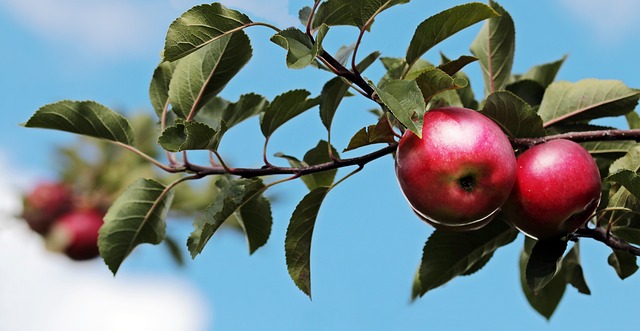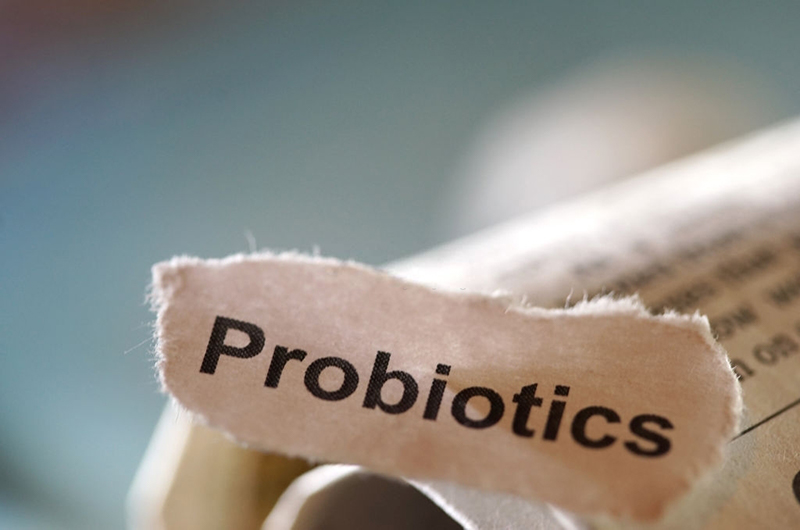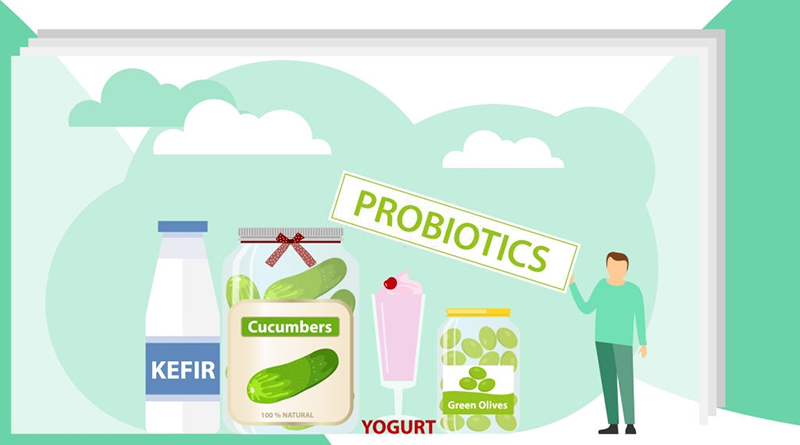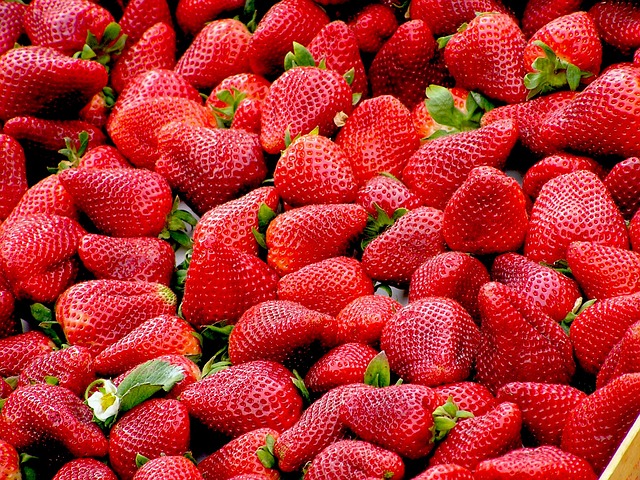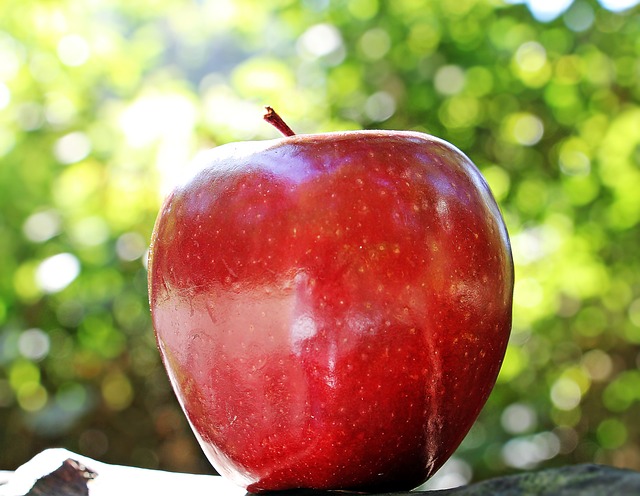5 Powerful Ways to Incorporate Probiotics in Your Daily Diet
Probiotics have become increasingly popular in recent years. These living organisms, often referred to as “good bacteria,” are highly beneficial to your gut health and immune system, making them a crucial addition to your daily diet. If you’re looking for ways to incorporate more probiotics, here are 5 powerful ways to do it:
1. Eat Probiotic-Rich Foods
The most obvious way to increase your probiotic intake is by consuming foods that are naturally rich in these live bacteria. Some great examples include:
- Yogurt: Yogurt is one of the most well-known probiotic-rich foods. Opt for plain, unsweetened yogurt to avoid added sugars.
- Kefir: Kefir is a fermented milk drink that contains a variety of probiotics. It also contains a wider range of strains than yogurt.
- Kombucha: Kombucha is a fermented tea that’s rich in probiotics and other beneficial compounds.
- Sauerkraut: Sauerkraut is made from fermented cabbage and provides a great source of probiotics.
- Miso: Miso is a Japanese seasoning that’s made from fermented soybeans. It’s often used to flavor soups and stews.
Adding these foods to your diet on a regular basis can have a significant impact on your gut health.
2. Take Probiotic Supplements
If you’re not able to get enough probiotics from your diet, supplements can be a convenient and effective option. Probiotic supplements come in a variety of forms, including capsules, powders, and liquids.
It’s important to choose a high-quality supplement that contains a variety of strains of bacteria. Look for supplements that have been tested for potency and purity.
Be sure to follow the recommended dosage and consult with your healthcare provider before starting any new supplement regimen.
3. Incorporate Probiotic-Enriched Foods
In addition to probiotic-rich foods, there are many products that are fortified with probiotics. These products can be especially beneficial for people who don’t enjoy the taste of fermented foods.
Here are a few examples of probiotic-enriched foods:
- Breads and cereals: Some breads and cereals are fortified with probiotics. Look for products that specifically state that they contain live cultures.
- Juices and smoothies: Some companies are now adding probiotics to their juices and smoothies for an extra health boost.
- Soups and broths: Some pre-packaged soups and broths now contain probiotics.
4. Ferment Your Own Foods
If you’re feeling adventurous, you can try fermenting your own foods at home. Fermenting is the process of allowing bacteria to break down sugars in food, creating a tangy, slightly sour flavor.
Here are a few foods that are easy to ferment at home:
- Sauerkraut: Sauerkraut is one of the easiest foods to ferment. All you need is cabbage, salt, and some time.
- Kimchi: Kimchi is a Korean dish made from fermented cabbage, radishes, and spices.
- Kombucha: Making kombucha at home requires a little more effort, but it can be a fun and rewarding project.
If you’re new to fermenting, start with a simple recipe and work your way up.
5. Pair Probiotic Foods with Prebiotic Foods
Prebiotics are non-digestible fibers that feed the good bacteria in your gut. Combining probiotic foods with prebiotic foods can help to improve the effectiveness of the probiotics.
Here are a few examples of prebiotic foods:
- Garlic: Garlic is a great source of inulin, a prebiotic fiber.

